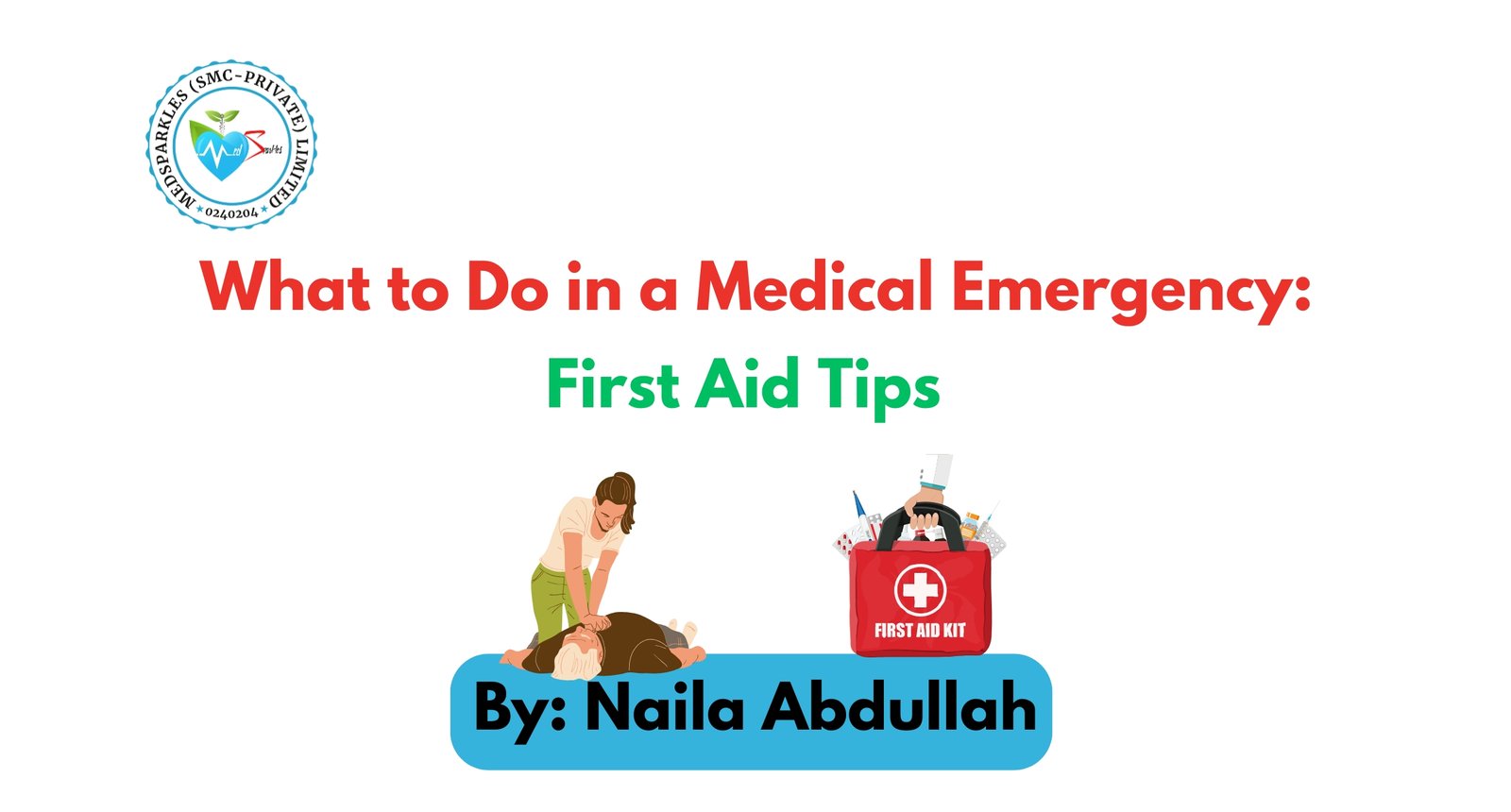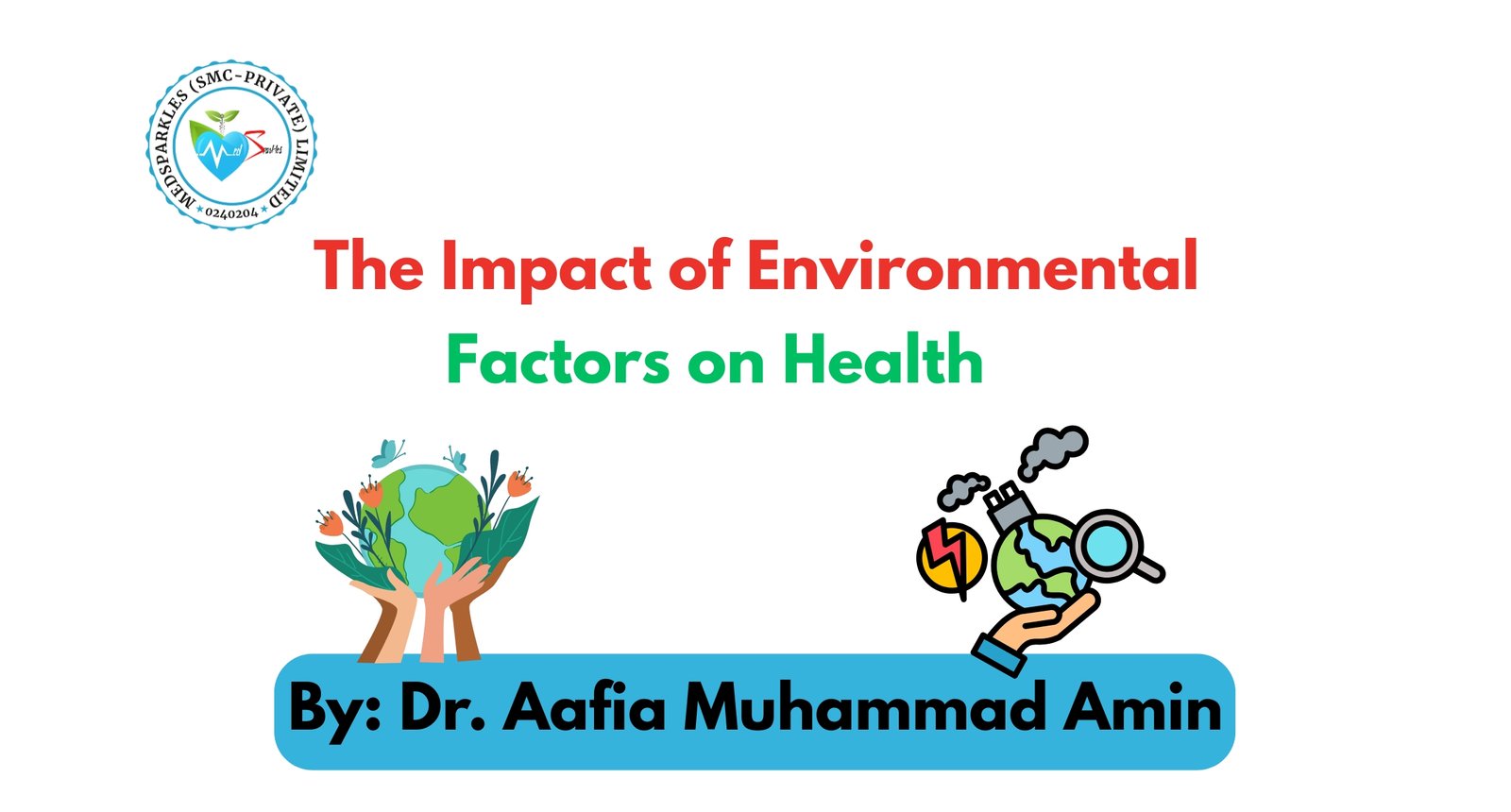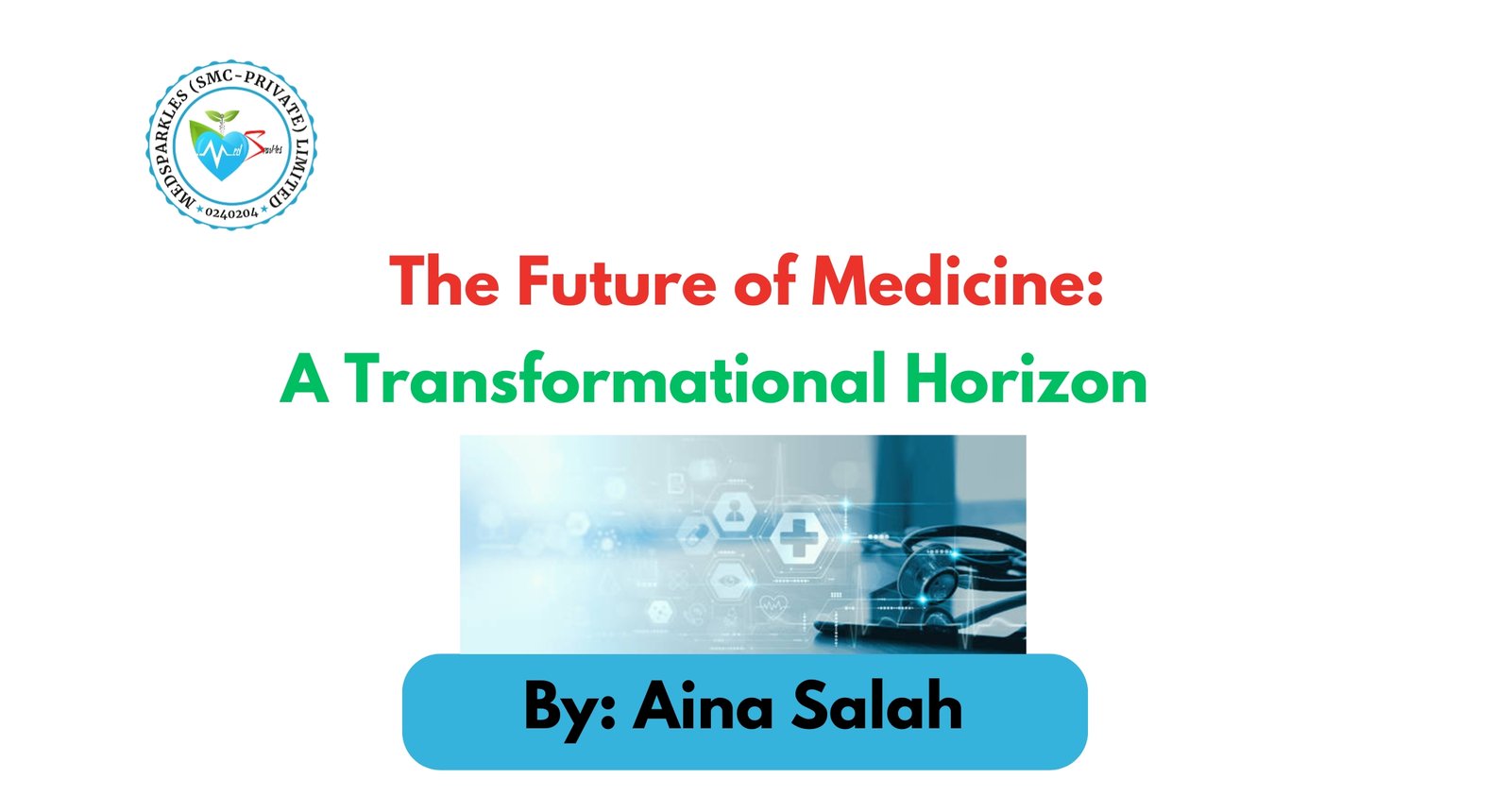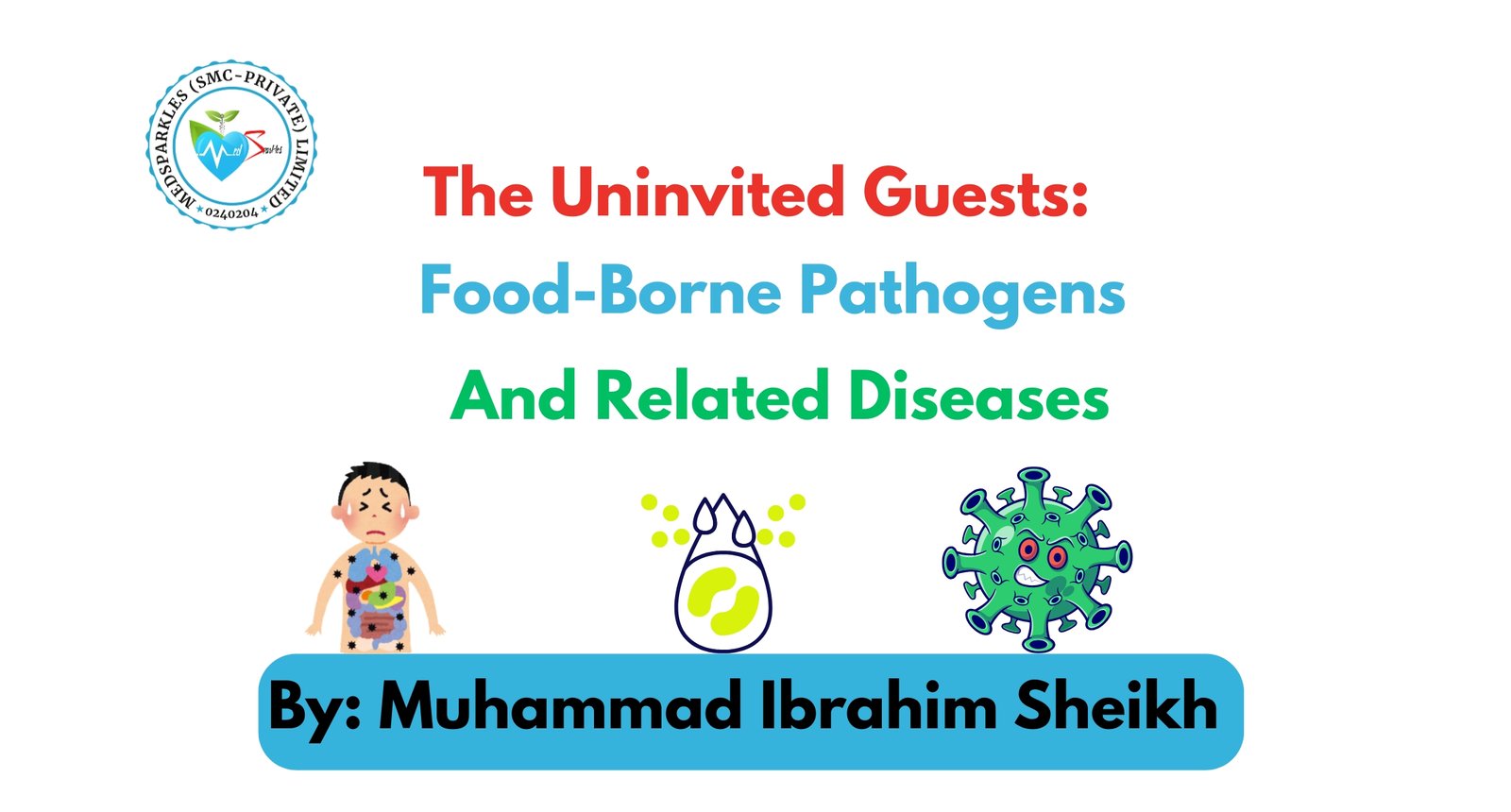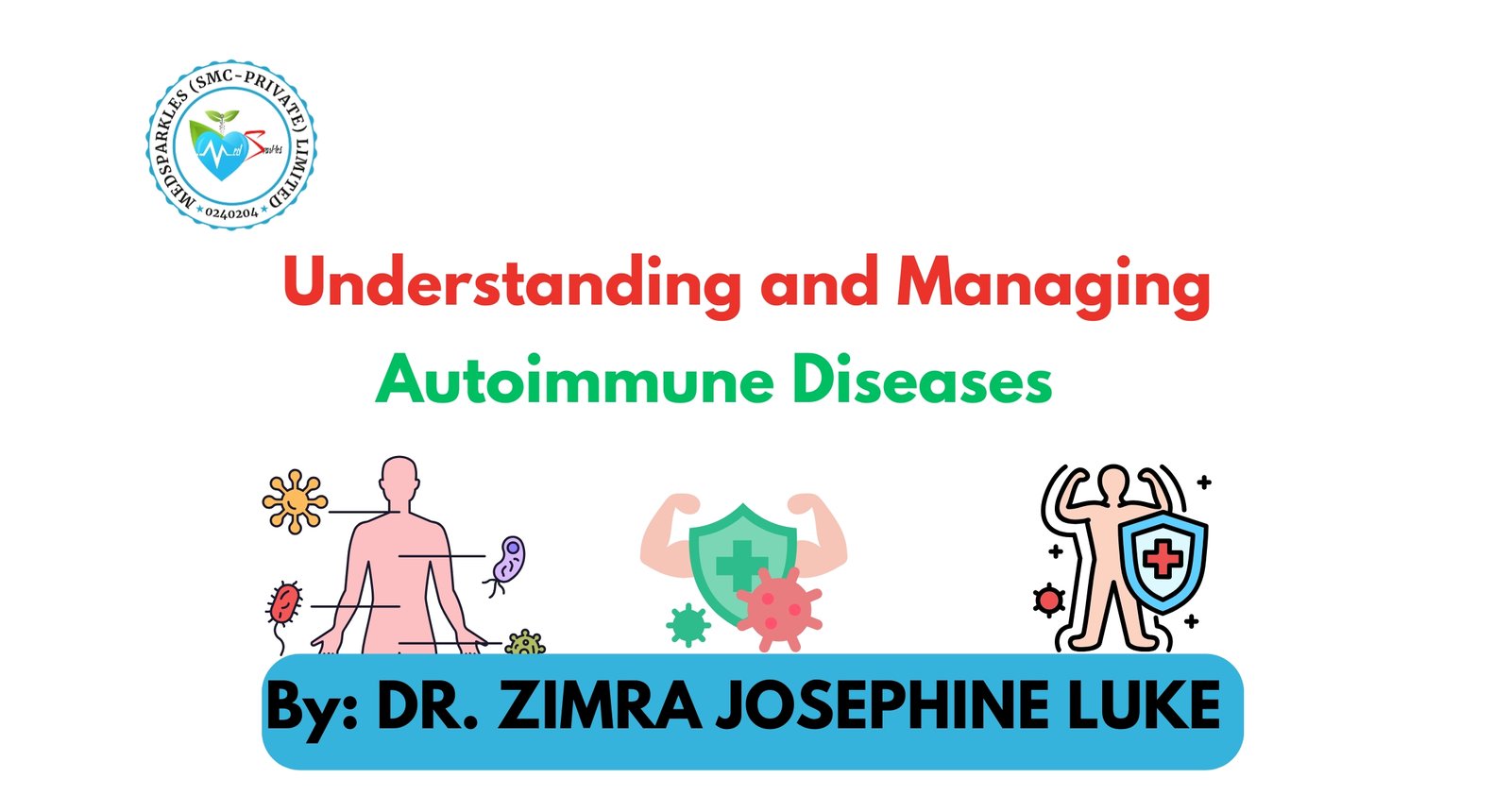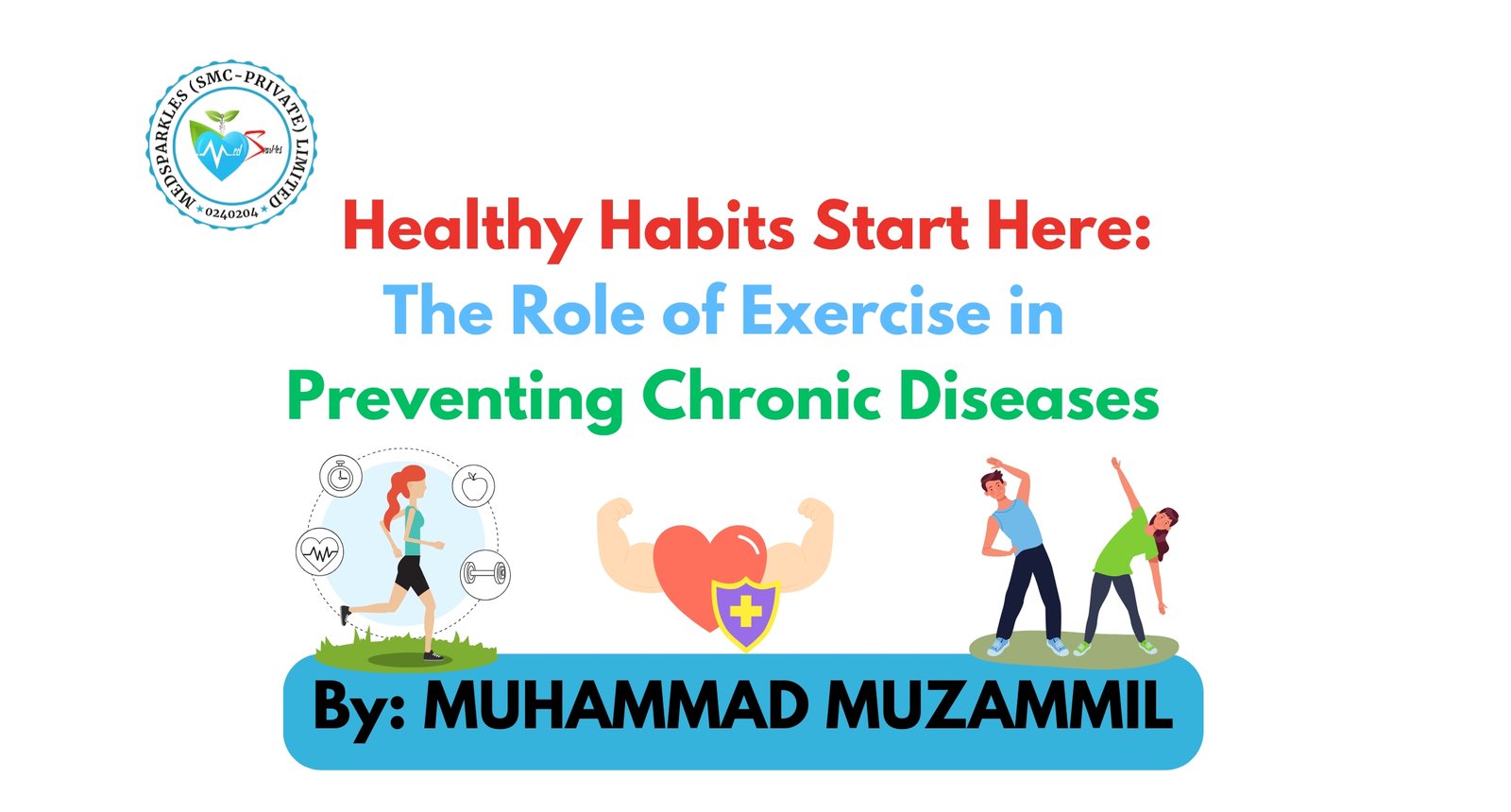Life is unpredictable. You could be enjoying a leisurely afternoon one minute, and then your life could be flipped upside down by an unforeseen medical crisis. Understanding basic first aid can make the difference between a minor incident and a life-threatening situation, even if professional medical treatment is always the best option. This guide will give you the knowledge and confidence to act quickly and successfully when every second matters.
The Golden Hour
The phrase “golden hour” isn’t just used in movies; it’s a key idea in emergency treatment. It describes the time frame right after a traumatic accident or medical incident, when there is the best chance that timely medical intervention can save a life. What you do in these first few seconds can have a big effect on the result.
Typical Medical Emergencies: Your Playbook for First Aid
Here is a detailed analysis of common medical emergencies and what you can do immediately:
- Severe Bleeding:
Apply direct, forceful pressure. Do not remove the dressing if the bleeding seeps through; instead, apply more. As a last option (only if trained), use a tourniquet if the bleeding is severe and uncontrollable.
- Fractures (Broken Bones):
If feasible, immobilize the damaged part using a splint (such as a newspaper, magazine, or another limb). Do not attempt to realign the bone. Seek medical treatment.
- Sprains and Strains:
Apply the R.I.C.E. protocol: Rest, Ice, Compression, and Elevation.
- Head Injuries:
Keep the victim motionless. If unconscious, assume they have a neck injury and do not move them unless absolutely necessary. Look for indicators of a concussion, such as vomiting, confusion, or a severe headache. Seek emergency medical care.
- Burns (Minor):
Cool the burn with cool (but not ice-cold) running water for 10-20 minutes. Cover loosely with a sterile, nonstick dressing. Do not use butter, ice, or ointment.
- Choking (Adult/Child):
Encourage coughing. If you cannot breathe, do abdominal thrusts (the Heimlich technique). Back strikes and chest thrusts should be performed on newborns.
- Cardiac Arrest/Heart Attack:
Call the emergency services. If the person is unconscious and not breathing regularly, begin CPR immediately. If an AED is available, use it.
- Stroke:
Think F.A.S.T. Face drooping, Arm weakness, Speech difficulty, Time to call emergency services.
- Seizures:
Protect the individual from harm (move objects away). Do not restrain them or insert anything into their mouth. Time the seizure. If it is their first seizure, it lasts more than 5 minutes, or they have more than one.
- Allergic Reactions (Anaphylaxis):
If the person has an EpiPen, assist them in administering it right away. Call the emergency services. Keep the person calm.
- Asthma Attack:
Help the person use their inhaler. Adjust tight clothes. Keep them quiet and upright. If symptoms do not improve or worsen, contact emergency services.
- Fainting:
Lay the person down and lift their legs gently. Adjust tight clothes. If they do not regain consciousness promptly, contact emergency assistance.
- Heat Exhaustion/Heatstroke:
Move the victim to a cooler location. Loose clothes. If you are conscious, sip some cool water. If you get heatstroke (confusion, hot, dry skin), call emergency assistance right away and try to cool down with wet towels.
- Hypothermia (Severe Cold Exposure):
Go to a warm, dry location. Take off your damp clothes. Warm gradually with blankets. If conscious, provide warm, non-alcoholic drinks. Seek medical help.
- Poisoning:
Call emergency services or a poison control center immediately. Have information about the substance ingested, quantity, and time. Do not induce vomiting unless advised to do so.
- Nosebleed:
Sit down and lean forward, pinching the soft area of the nose right above the nostrils for at least 10 to 15 minutes to cut off blood flow. If the bleeding is severe or does not stop after 20 minutes, seek immediate medical attention.
- Snake Bite:
Immediately call emergency services and keep the person calm and still to slow the spread of venom. Wash the bite area with soap and water if available. Apply a pressure immobilization bandage if trained and appropriate for the region’s snakes, and avoid cutting the wound or trying to suck out the venom.
- Overdose:
Call emergency services immediately and clearly state the substance if known; check for breathing and begin CPR if the person is not breathing normally. If it is a known opioid overdose, administer naloxone (Narcan) if available and follow the instructions of the emergency dispatcher.
- Near Drowning:
Remove the person safely from the water and promptly contact emergency services; if the person is not breathing normally, open the airway and begin CPR with rescue breaths right away. Even if the person appears to be in good health, they should go to the hospital to be evaluated for delayed lung issues.
- Electric Shock:
Do not touch the victim until the power has been switched off. Once safe, check for respiration and pulse, then perform CPR if necessary. Treat any burns. Call the emergency services.

Your First Aid Kit
A well-stocked first aid pack can be a lifesaver in an emergency. Make sure yours includes:
- Sterile gauze pads and adhesive tape
- Bandages of various sizes
- Antiseptic wipes and ointment
- Pain relievers (e.g., ibuprofen, acetaminophen)
- Antihistamines
- Tweezers
- Scissors
- Disposable gloves
- Emergency blanket
- CPR mask
- List of emergency contacts and medical information
Conclusion:
Medical emergencies can be terrifying, but they do not have to make you feel helpless. Understanding basic first aid principles, recognizing typical crises, and preparing yourself with a well-stocked kit and training will help you become a critical link in the survival chain. Be prepared, be confident, and remember in Pakistan professional help is just a call away: just dial 1122 for immediate assistance.
FAQs
What should I do in case of a heart attack?
If someone is having a heart attack, contact emergency services immediately. If the victim is unconscious, not breathing, or unresponsive, start CPR. If they are conscious, give them an aspirin (as directed by emergency services) and keep them relaxed until help arrives.
How do I stop bleeding from a cut or wound?
To stop the bleeding, apply direct pressure to the wound with a clean cloth or bandage. If possible, elevate the wounded location above the level of the heart. If the bleeding does not cease after 10-15 minutes of pressure, get medical help.
What should I do if someone is choking?
If someone is choking, encourage them to cough to help release the object. If they are unable to cough, use the Heimlich procedure by standing behind them, wrapping your arms around their waist, and applying upward thrusts to the diaphragm. If the person loses consciousness, begin CPR.
How do I treat a burn?
For small burns, apply cool (not cold) water for 10-15 minutes. Remove any clothing or jewelry that was near the burned area. Cover the burn with a nonstick dressing. For serious burns, contact emergency services and follow their advice.
What should I do if someone is having a seizure?
If someone is suffering a seizure, keep them safe by evacuating the area and cushioning their head. Turn them on their side to keep their airway free. If the seizure lasts more than 5 minutes or there are repeated seizures, seek medical attention.
